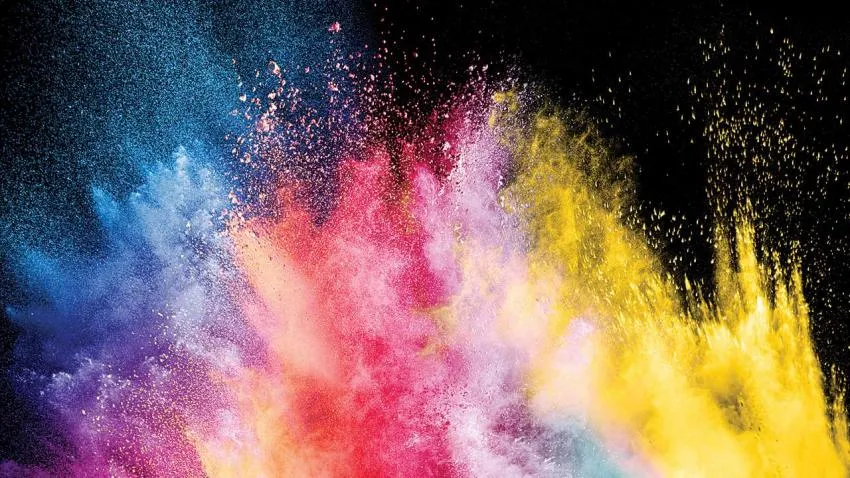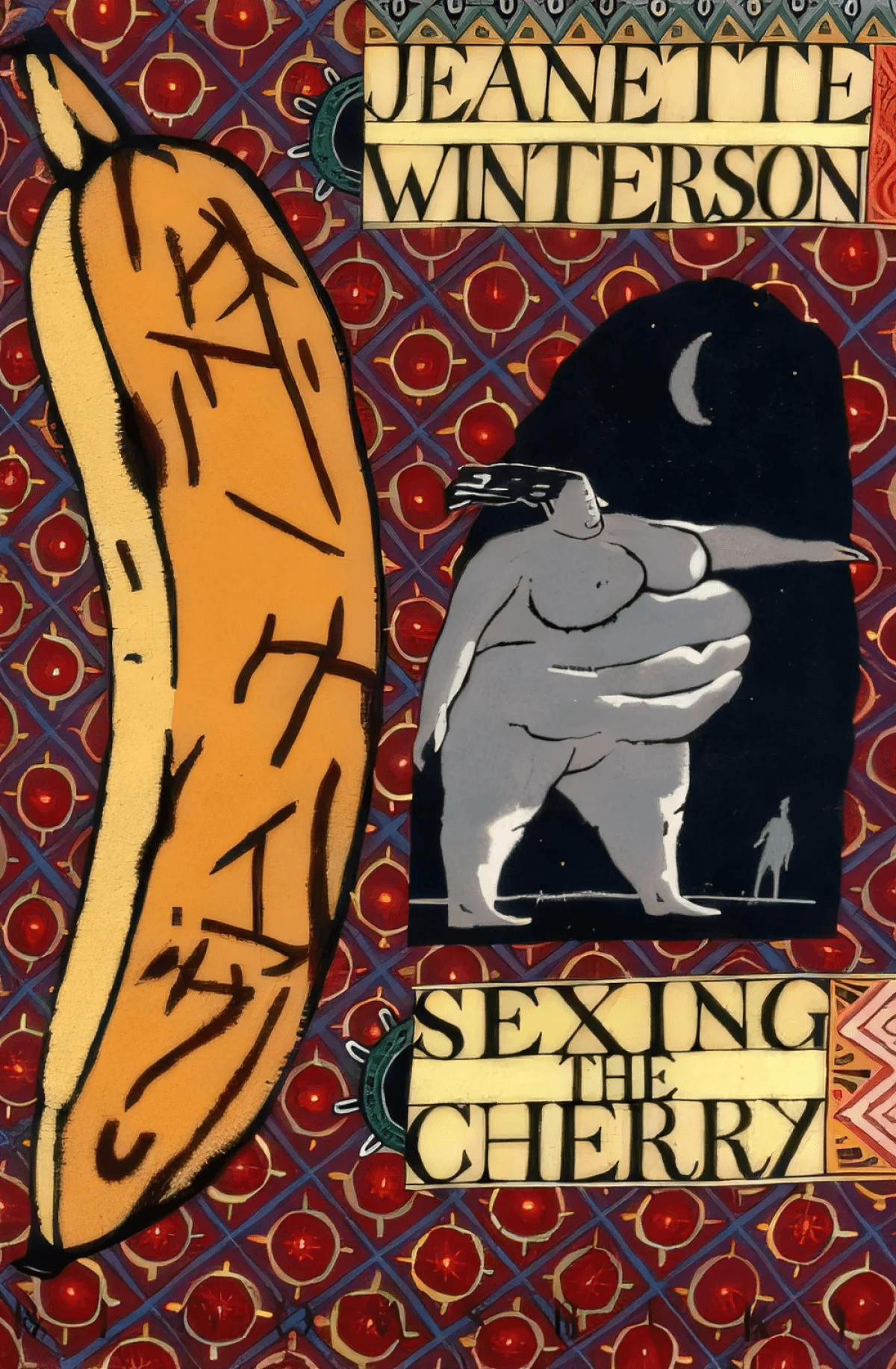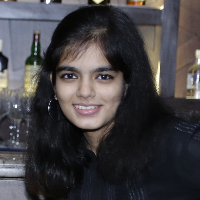Sexing The Cherry, A Novel With Words That Are Worth A Thousand Pictures
Perhaps the most striking feature of modern lives is the sheer variety of sensations and perspectives that we encounter in a day. After the pandemic, most of them have shifted into the digital realm, but the variety is still overwhelming.
Early morning, you see memes from one American, one English, one Australian, and five Indian pages on your Instagram feed. Then there will be a photograph of the sunset and pebbles by your newly christened freelancer photographer friend.
Then some quote about motivation or success, another about relationships, and suddenly a gory post about a sinister crime in some corner of the national capital. You start with your classes/work from home. You come across ten kinds of people, with ten kinds of maturity level, personalities, and opinions. And each of them has a vast sensational life of their own.
Then you look for entertainment on various OTT platforms. And you'll find stimulations ranging from Dark to Game of Thrones to The Big Bang Theory in the background while you are working on a mature psychology assignment. And you somehow manage to muster enough mental bandwidth to watch and absorb all of them.
Imagine every kind of mental stimulation you experience in the day is a color. Imagine all those colors splashed on a canvas with the respective force of each thought. Imagine this painting made into the written word and a novel. Now, you are on a scale, continued progress on which might lead you to grasp the beauty of this verbal pastiche - Sexing the Cherry. Mind you, as the movement of time in the novel, that scale is also not linear.

A major chunk of the novel Sexing the Cherry is set in 1649 and the following English Civil War. There are two major characters - Dog Woman and Jordan. And that's pretty much all you can define about them. I would argue they are not people at all. They are two consciousnesses. Those are not limited by time, gender, or society. They are the truth of what it means to be human - that all of us have consciousness.
The themes of the novel Sexing The Cherry are palpable by any modern reader. There is religion, there is politics, there is gender, feminism, literature, myth, and fantasy.
But the question is - How do you create a poem out of them? How do you create a fictional world out of a world which is itself defined by more fiction than reality? Jeanette Winterson shows us how in Sexing the Cherry. If I could articulate it, I would probably be Winterson myself, because why not? We are all conscious. And in a vision of ultimate equality, no consciousness is more important or superior to another.

The most attractive reason, however, for which I would suggest everyone to read that novel is for its treatment of fairy tales. Winterson uses the backdrop of Twelve Dancing Princesses to reinterpret and sometimes, create twelve new fairy tales. In doing so, she redefines literature, womanhood, gender, relationships, and Story itself.
You should read the novel if you are interested in poetry, in prose, in feminism, and most importantly, in an emancipated vision of gender and what it means to be a woman. You should read the novel if you before sleeping because it can be a lullaby; in that early morning lethargy because it can be a splash of vitality on your face; and for the evening excitement because partying in the pandemic seems like the plot of a dystopian novel.
Reading Sexing the Cherry is like taking a plunge into a lake of a million colors. There is no way you're coming out without becoming a canvas yourself. And each painting is different.
Opinions and Perspectives
The fairy tale aspect makes it more approachable than pure experimental fiction.
I think you're being too quick to dismiss it. The consciousness theme ties everything together.
My book club would have a field day with this! So many layers to discuss.
The idea of becoming a canvas yourself after reading is powerful. Books should transform us.
I appreciate how it doesn't try to define everything neatly. Life isn't neat, why should literature be?
The pandemic has definitely changed how we experience reality. This book seems perfect for our times.
Does anyone else see parallels with Virginia Woolf's stream of consciousness style?
The blend of myth and reality reminds me of magical realism, but this seems to go beyond that.
Wonder if younger readers would connect with this given their digital upbringing.
The comparison to a lullaby and morning splash is beautiful. Books really do serve different purposes at different times.
I wish the article had gone into more detail about the actual fairy tale retellings.
Anyone else find it interesting how the book challenges traditional relationship structures?
The OTT platforms comparison in the article is spot on. We're all living in multiple narratives simultaneously.
I've read it twice now and found something new each time. That's the mark of truly great literature.
The color metaphor really works for me. Each day is like splashing different colors on our mental canvas.
You're completely missing the point. The novel isn't about measuring consciousness, it's about recognizing our shared human experience.
Not sure I agree with the article's take on consciousness equality. Some people clearly have more developed consciousness than others.
The pandemic reference in the article really puts things in perspective. We're all living in our own fairy tale dystopia right now.
I love how the Dog Woman and Jordan aren't defined by typical character constraints. It's refreshing to see characters as pure consciousness.
The English Civil War setting is fascinating. Anyone know if the historical elements are well-researched?
That's what makes it beautiful though. Not everything needs to be straightforward to be meaningful.
I tried reading it but found it too abstract. Maybe I'm missing something, but I prefer more straightforward storytelling.
What really draws me in is the exploration of gender and feminism through fairy tales. It's such a clever way to subvert traditional narratives.
The parallel between modern digital life and the novel's structure is brilliant. Our Instagram feeds are basically literary pastiche in visual form.
Actually, I think the non-linear narrative perfectly mirrors our modern existence. Just look at how we consume media today jumping between different apps and content.
I disagree with the non-linear narrative approach. It often feels like authors use it as a crutch when they can't tell a coherent story.
The way the article describes modern life with all its digital stimulations really hits home. We're all living in this chaotic mix of content and consciousness.
I'm particularly intrigued by the reimagining of the Twelve Dancing Princesses. Has anyone read these reinterpretations? Would love to hear your thoughts.
This novel sounds fascinating! I love how it blends historical fiction with fairy tale elements. The concept of consciousness transcending time and gender really speaks to me.
